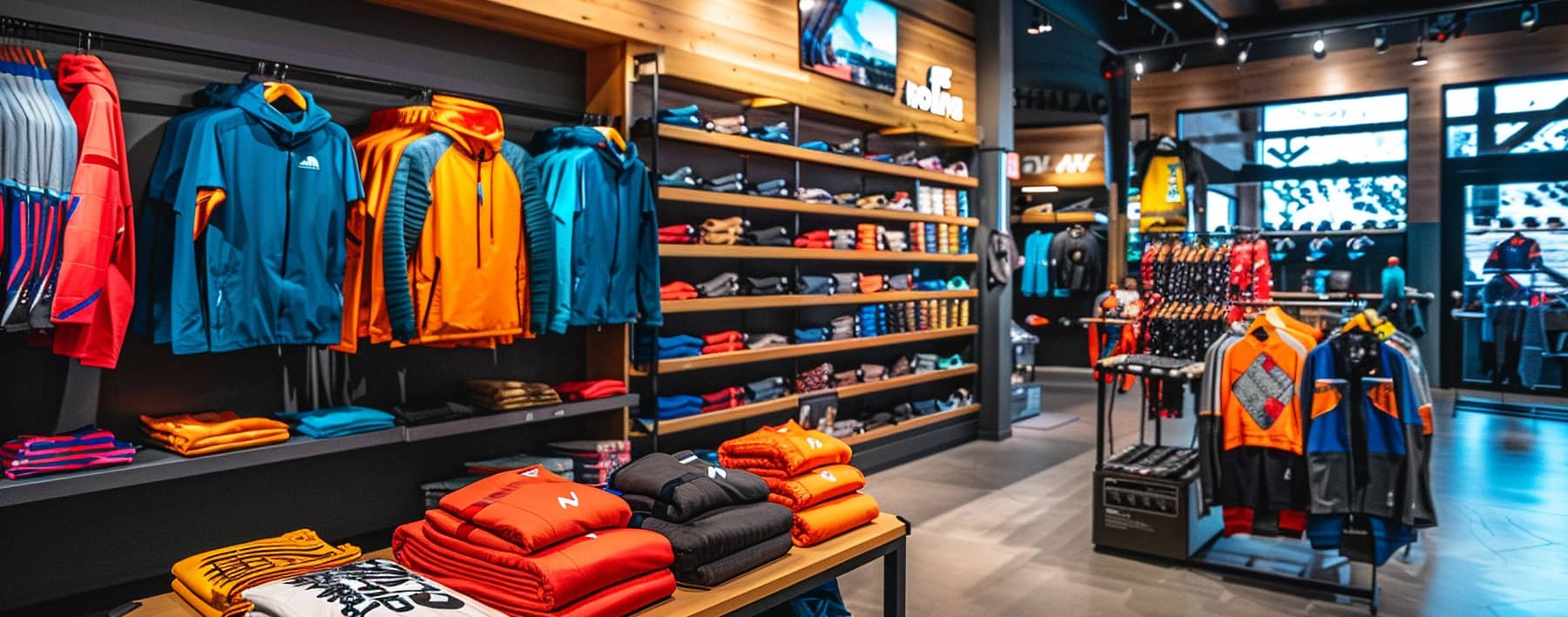Rebranding an existing retail store is a complex endeavor that involves meticulous attention to construction, displays, signage, and customer flow. These elements play a crucial role in creating a cohesive and impactful brand experience for both new and existing customers. Find out how to effectively manage these key aspects during a store rebrand rollout:
1. Construction and Store Layout
Evaluate the Physical Space: Assess the existing store layout and construction to determine any necessary changes to align with the new brand image. Consider factors such as interior design, flooring, lighting, and architectural elements that can enhance the new brand identity.
Strategic Renovations: Invest in strategic renovations that reflect the updated brand aesthetic and create a welcoming atmosphere for customers. This may involve updating surfaces, fixtures, and structural elements to align with the new brand’s visual language and values.
2. Display Design and Merchandising
Reimagine Product Displays: Work with a professional display designer to reimagine product displays that showcase the rebranded store’s offerings in an engaging and visually appealing manner. Consider incorporating new shelving, fixtures, and interactive elements that align with the updated brand identity.
Merchandise Placement: Strategically place merchandise to guide customer flow and highlight key products. Use the rebranding opportunity to optimize the layout for improved product visibility and a more intuitive shopping experience.
3. Signage and Brand Visibility
Update Exterior Signage: Refresh exterior signage to prominently display the new brand identity. This includes updating the storefront signage, window graphics, and other outdoor elements to ensure that the rebranded store is easily recognizable to passersby.
Internal Signage and Wayfinding: Implement cohesive internal signage that reflects the updated brand messaging and aesthetics. Consider incorporating wayfinding signage to help customers navigate the store comfortably and discover new offerings.
4. Customer Flow and Experience
Create a Seamless Customer Flow: Analyze and redesign the customer flow within the store to enhance the overall shopping experience. This may involve reconfiguring aisles, checkout counters, and seating areas to optimize traffic flow and minimize congestion.
Enhance Customer Interaction Points: Identify key customer interaction points and design these areas to align with the rebranded store’s values. This can include creating inviting spaces for product demonstrations, sampling stations, or interactive displays that encourage customer engagement.
By focusing on displays, signage, customer flow, and customer experience during the retail store rebrand rollout, you can ensure that every aspect of the physical environment reflects the new brand identity and contributes to a cohesive and impactful brand experience. Investing in these elements can set the stage for a successful rebrand, attract new customers, and reinforce the loyalty of existing ones.




